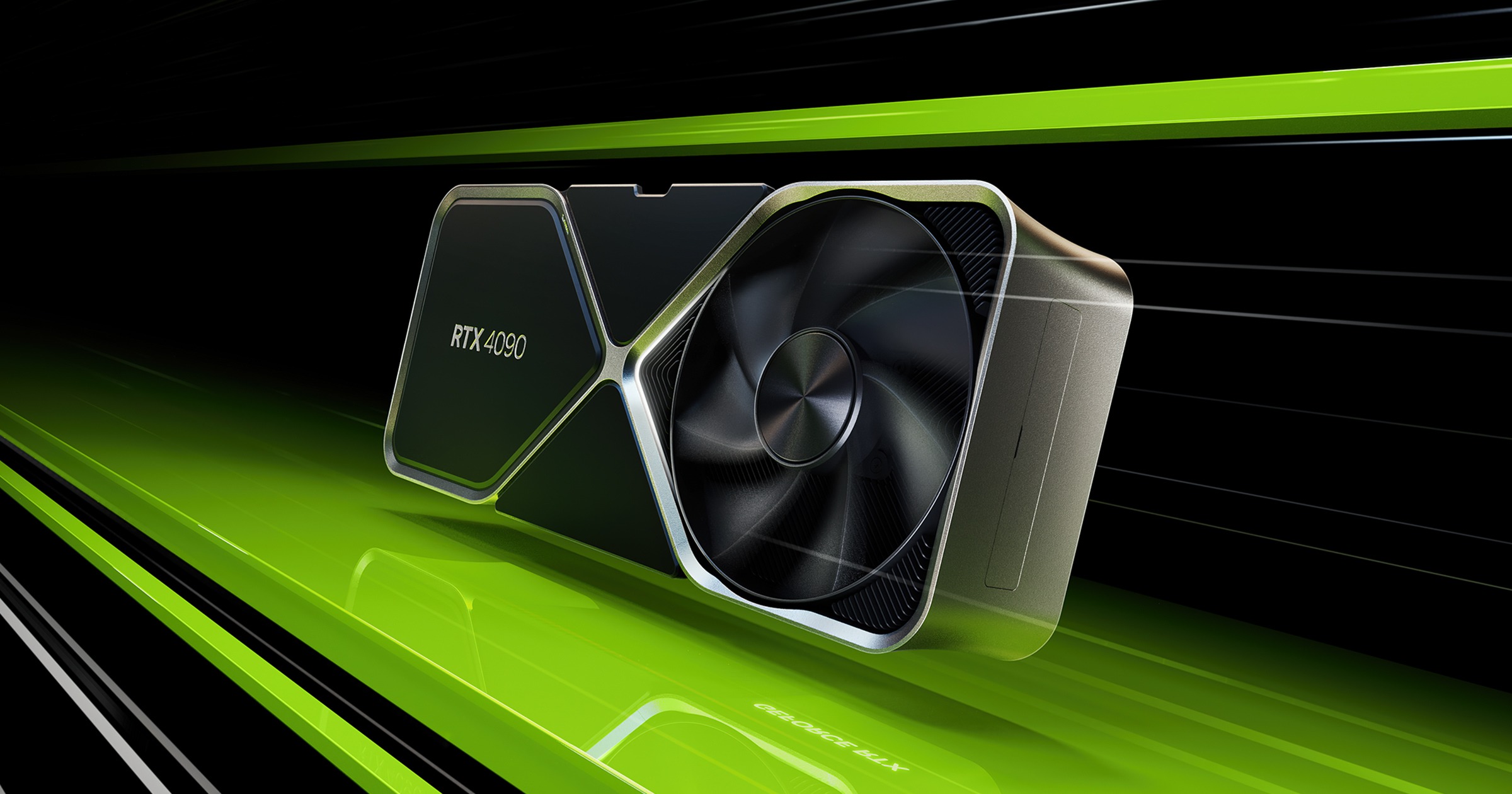Aixuze Insights
Explore the latest trends and insights on diverse topics.
Gaming GPUs: The Silent Heroes of Virtual Worlds
Discover the untold power of gaming GPUs and how they silently shape your virtual adventures. Unleash your gaming potential today!
Understanding GPU Architecture: How Gaming GPUs Render Your Virtual Worlds
Understanding GPU architecture is essential for anyone interested in the mechanics of modern gaming. At its core, a Graphics Processing Unit (GPU) is designed to handle the complex calculations required to render graphics rapidly. This involves processing vast amounts of data in parallel, enabling the swift rendering of intricate virtual worlds. The architecture typically consists of multiple cores that work simultaneously to execute a multitude of tasks, from shading and texturing to vertex processing. By leveraging parallel processing capabilities, gaming GPUs can transform simple geometric shapes into detailed, immersive environments that captivate players.
One key feature of gaming GPUs is their ability to manage and optimize multiple graphical tasks efficiently. This is achieved through various techniques, such as memory management and rendering pipelines. The rendering pipeline processes graphics data in stages, which allows for the effective execution of tasks like rasterization, pixel shading, and frame buffering. Additionally, advancements in GPU architecture have led to the incorporation of real-time ray tracing technology, which enhances realism by simulating how light interacts with objects. Understanding these components not only reveals how gaming GPUs create stunning visuals but also highlights their importance in the gaming experience.

Top 5 Gaming GPUs for an Immersive Experience in 2023
As the gaming industry continues to evolve, having the right hardware is crucial for an immersive experience. In 2023, several gaming GPUs stand out for their exceptional performance and cutting-edge technology. When choosing a GPU, consider factors like VR readiness, ray tracing capabilities, and overall graphical fidelity. Here are the top 5 gaming GPUs to elevate your gaming experience this year:
- NVIDIA GeForce RTX 4090: The powerhouse of the RTX series, providing unparalleled performance in 4K gaming.
- AMD Radeon RX 7900 XTX: This GPU offers spectacular visuals and competitive pricing, making it a favorite among gamers.
- NVIDIA GeForce RTX 4080: Known for its excellent balance of price and performance, ensuring smooth gameplay in demanding titles.
- AMD Radeon RX 7700 XT: A versatile card ideal for high refresh rate 1440p gaming.
- NVIDIA GeForce RTX 4070 Ti: A solid choice for gamers looking to experience next-gen graphics without breaking the bank.
The Role of VRAM in Gaming GPUs: What Every Gamer Should Know
VRAM, or Video Random Access Memory, plays a crucial role in determining the performance of gaming GPUs.
It serves as a dedicated memory buffer that stores graphics data, textures, and frame buffers, allowing the GPU to quickly access necessary information without slowing down the gaming experience. When playing modern titles, especially those with high resolutions or detailed graphics settings, having ample VRAM is essential. Insufficient VRAM can lead to bottlenecking, resulting in lower frame rates and stuttering gameplay, which can significantly affect a gamer’s performance and enjoyment.
As game developers continue to push the boundaries of graphics technology, the demand for more VRAM is increasing.
Gamers should consider the specifications of their GPU in relation to their gaming needs. For example, titles that utilize high-resolution textures or 4K gameplay require higher amounts of VRAM, typically 6GB or more, to run smoothly. Conversely, casual gamers who play less demanding titles may find that 4GB is sufficient. Ultimately, understanding the importance of VRAM and selecting the right amount for your gaming habits can make a significant difference in your overall gaming experience.